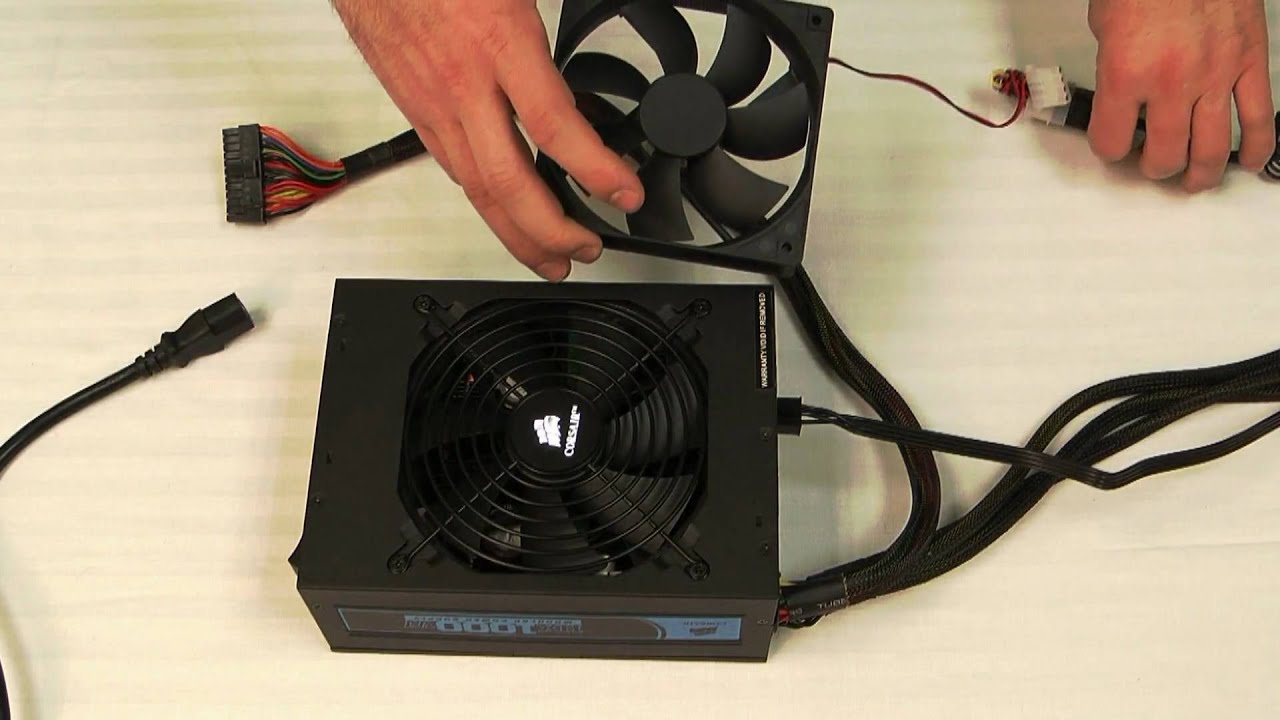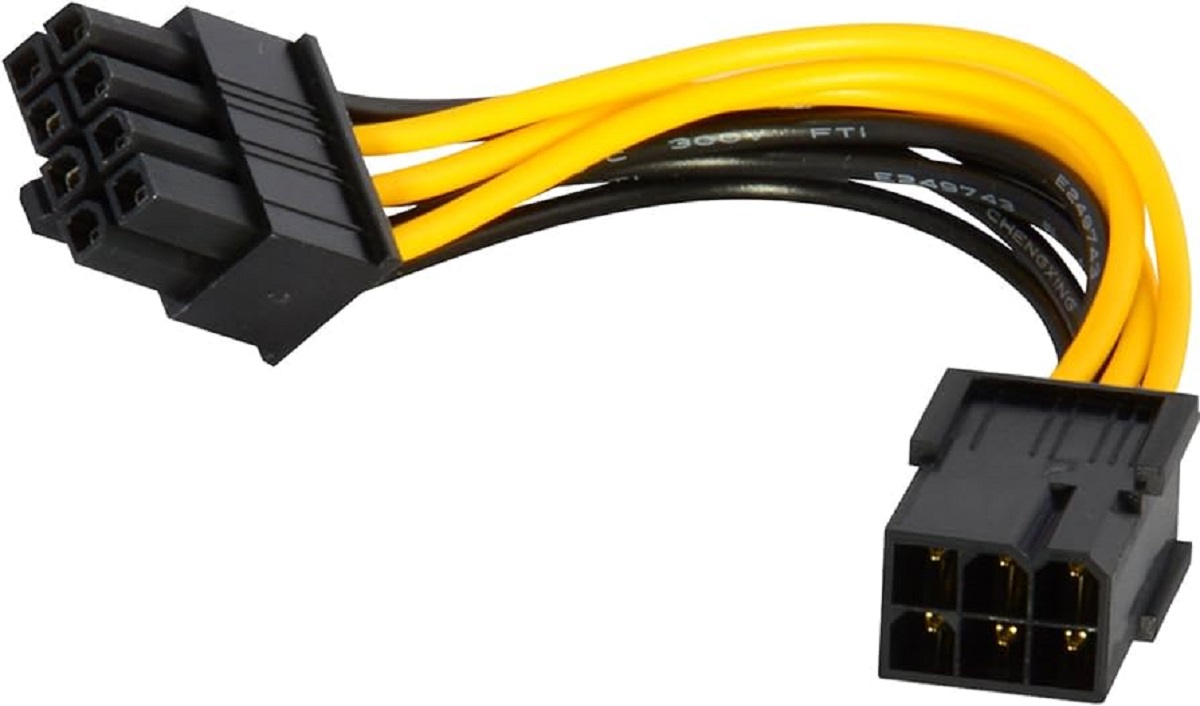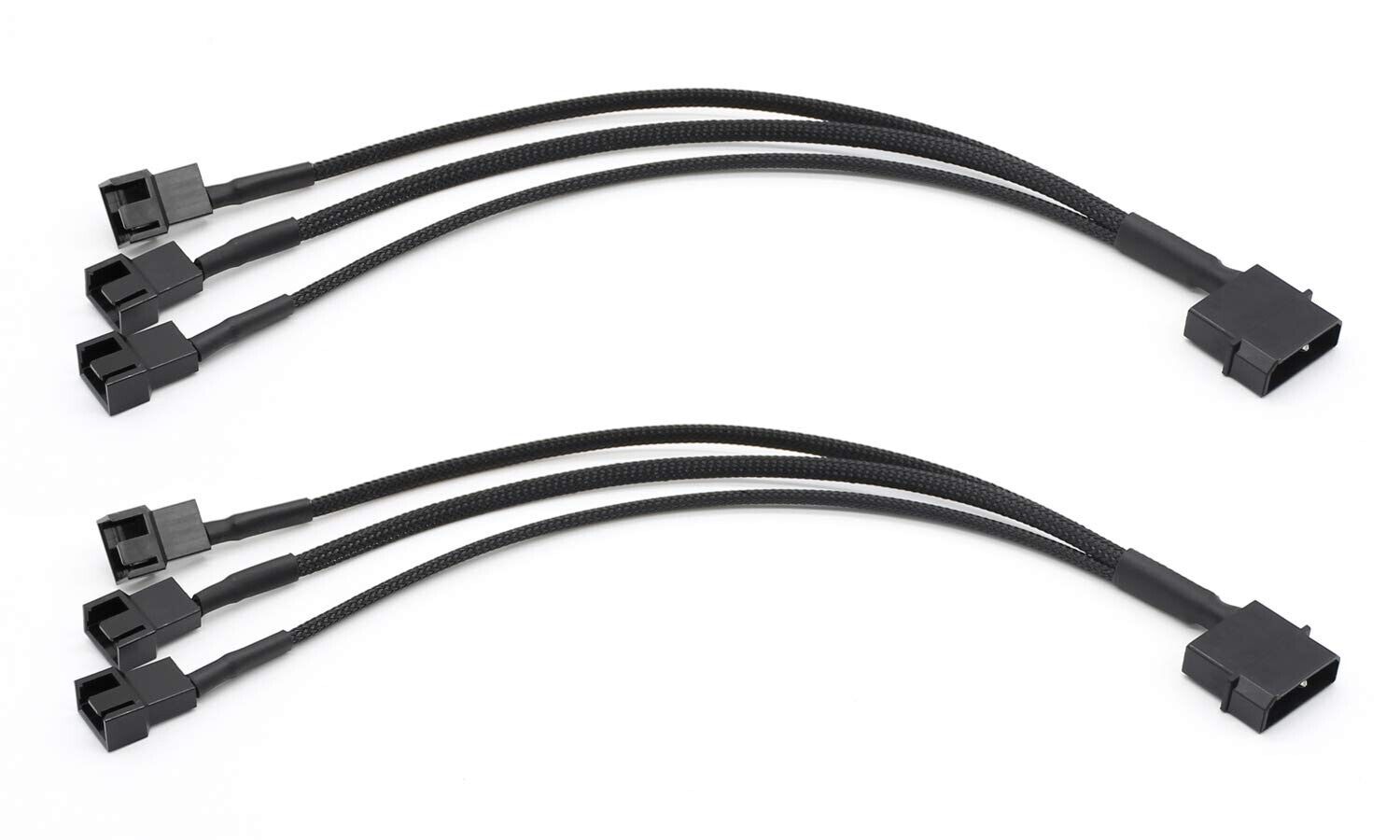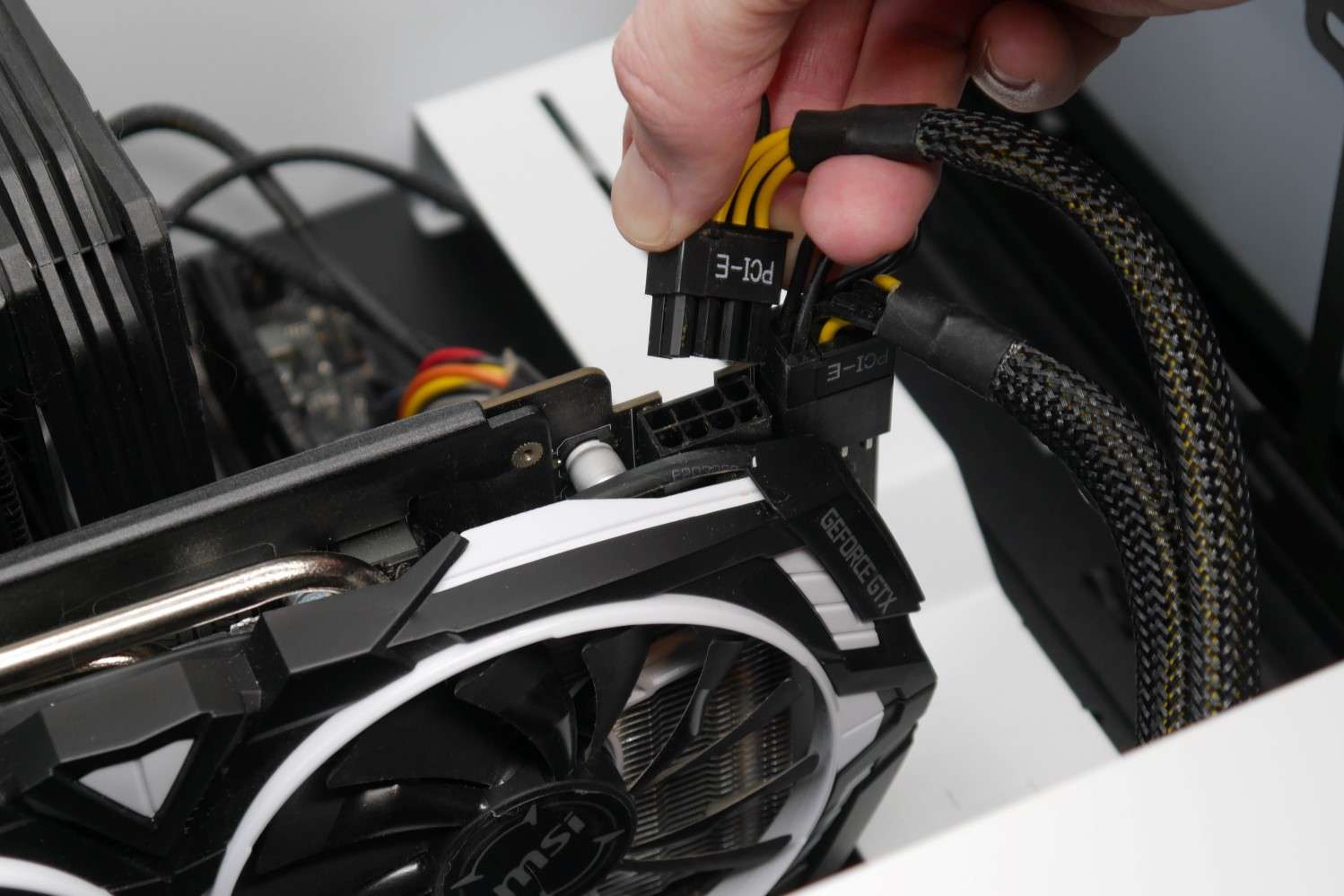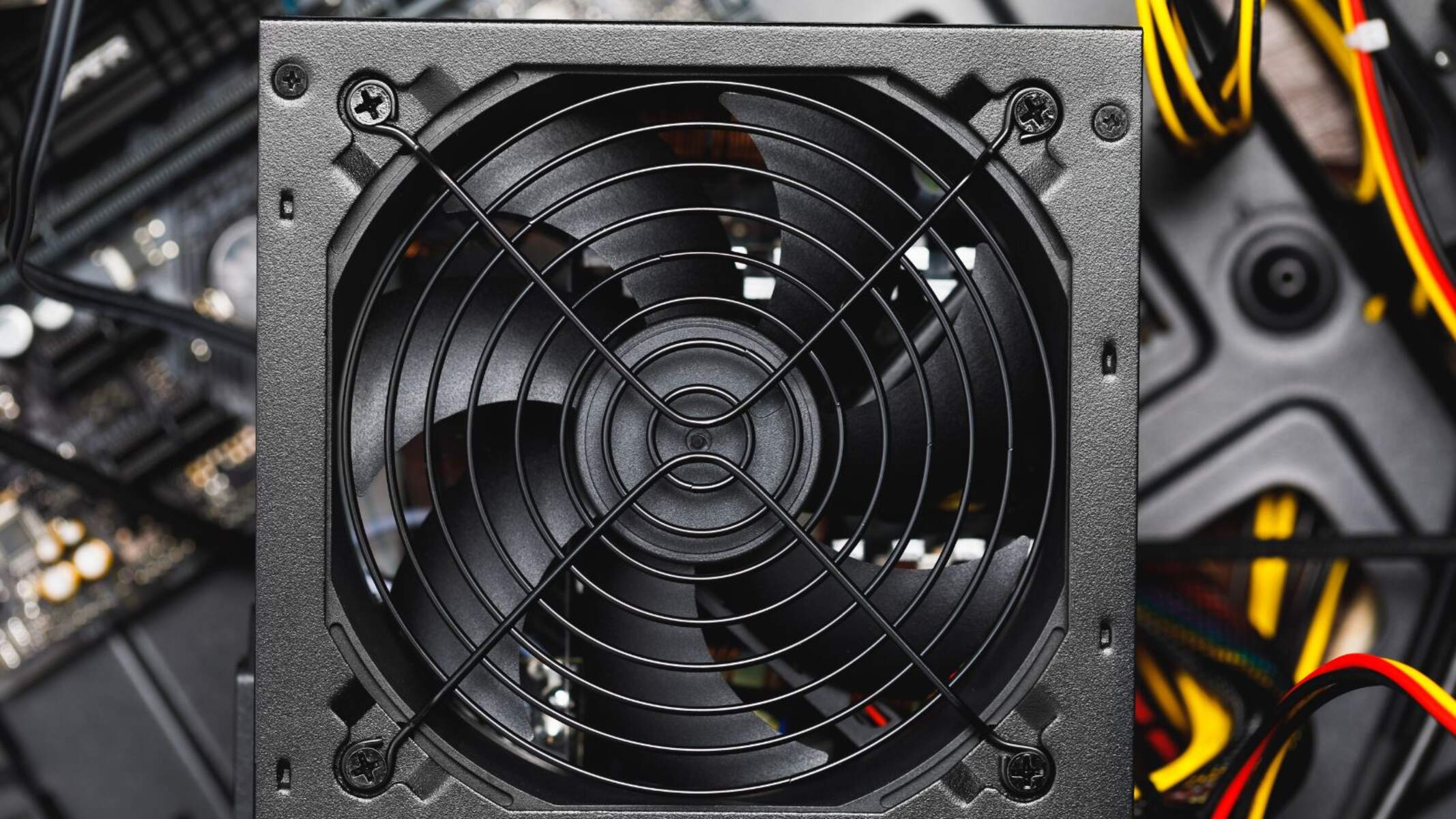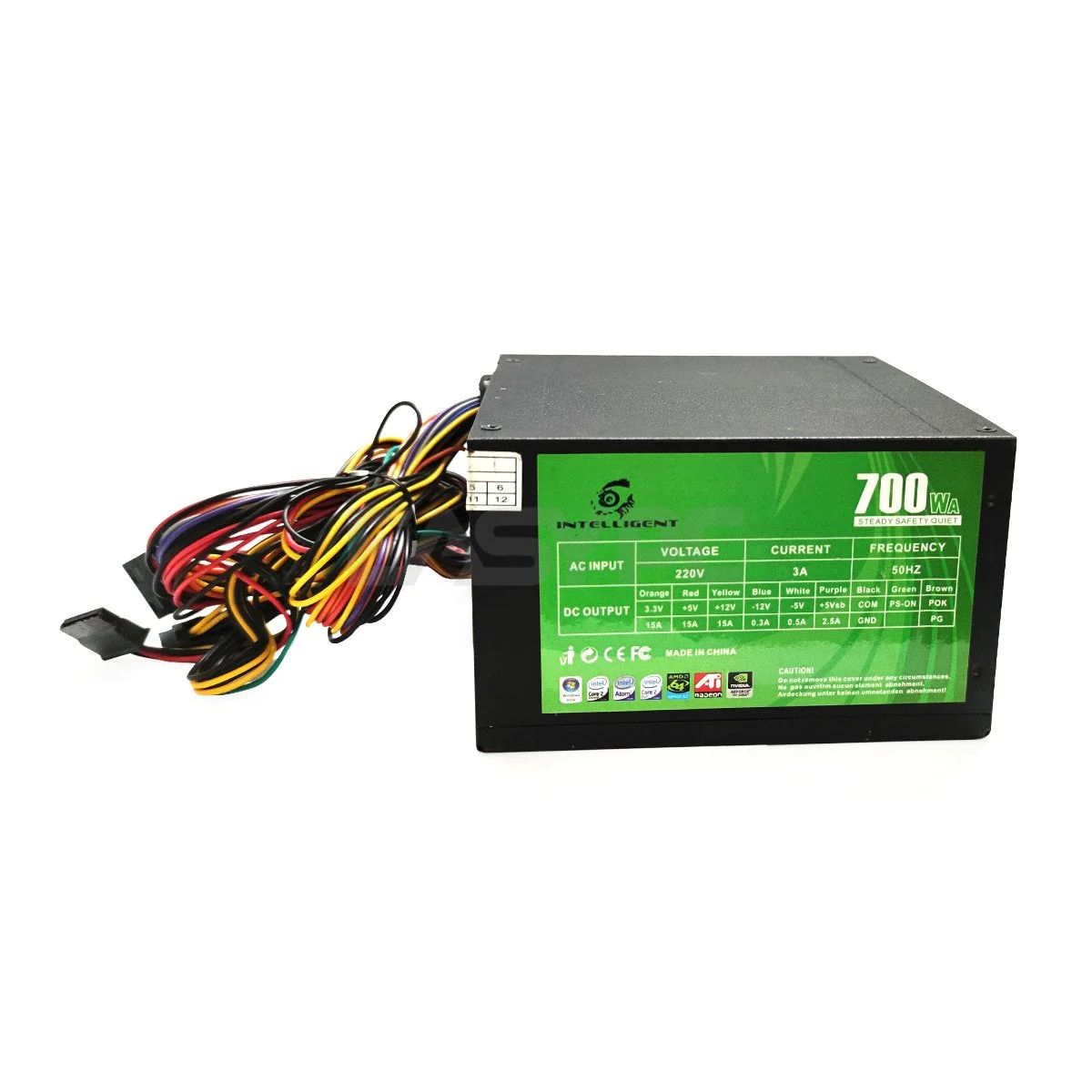Introduction
Trying to determine the power supply unit (PSU) of your computer without opening the case can be a challenge. However, it is often necessary to know the wattage and other specifications of your PSU for various reasons, such as upgrading components, troubleshooting issues, or ensuring compatibility with power-hungry devices.
Fortunately, there are several methods you can use to identify your PSU without having to physically access the internals of your computer. These methods range from checking the PSU label to using specialized software applications and tools. In this article, we will explore six effective methods that will help you determine your PSU’s specifications with ease.
Whether you are a computer enthusiast, a casual user, or a technician, having this knowledge can save you time and effort. By identifying your PSU and its capabilities, you can make informed decisions about your computer’s power requirements and ensure stable performance.
Each method we will discuss has its advantages and limitations, so it’s important to choose the one that suits your specific situation best. So, let’s dive in and explore how you can tell which PSU is installed in your computer without the need to open the case.
Method 1: Check the PSU Label
One of the most straightforward methods to determine your PSU’s specifications is to check the label on the power supply unit itself. Usually, this label can be found on the side or bottom of the PSU casing. It provides valuable information about the wattage, voltage, amperage, and other important details.
To access the PSU label, you will need to open your computer case. Ensure that your computer is powered off and unplugged before proceeding. Carefully remove the side panel of your computer case to gain access to the internal components.
Once you can see the PSU, locate the label attached to the outside of the PSU housing. The label will display various technical specifications. Look for information such as the wattage (expressed in watts), input voltage range (e.g., 100-240V), and amperage ratings for each voltage rail (3.3V, 5V, and 12V). It may also include manufacturer details, model numbers, and certifications.
Take note of these details and compare them to your computer’s power requirements or any specific hardware upgrades you are considering. Make sure that the PSU’s wattage is sufficient to handle the demands of your system.
If you cannot locate the PSU label or the information is no longer legible, you may need to remove the PSU from the computer case for a closer inspection. However, this should be a last resort as it requires more effort and expertise. Always exercise caution and consult your computer’s manual or seek professional assistance if needed.
By checking the PSU label, you can quickly gather vital information about your power supply unit without the need for any additional tools or software. This method is simple and effective, providing you with a solid starting point for determining your PSU’s capabilities.
Method 2: Use Software
If you prefer not to open your computer case, another method to identify your PSU is by using software applications that provide system information. These software tools can detect and provide details about various hardware components, including the power supply unit.
There are several popular software options available that can help you retrieve information about your PSU. One such tool is CPU-Z, a well-known system information utility. By downloading and running CPU-Z on your computer, you can access the “Power” tab, which displays information about your power supply unit, including the wattage and other specifications.
Another useful software option is HWMonitor, which provides real-time monitoring and reporting of your hardware components, including the power supply unit. HWMonitor displays information such as voltages, temperatures, and fan speeds, giving you an overview of your entire system’s health.
It’s important to note that the accuracy of the data provided by these software applications depends on the compatibility and support for your specific hardware. While they are generally reliable for many systems, there may be instances where certain details are not detected or displayed correctly.
Additionally, if you are experiencing software issues or your computer is not functional, this method may not be viable. In such cases, it is advisable to consider alternative methods or consult professional help.
Overall, using software to identify your PSU can be a convenient and hassle-free option. It allows you to gather information about your power supply unit without physically accessing the internals of your computer, making it a suitable choice for users who prefer to avoid tinkering with hardware components.
Method 3: Use PSU Tester
Another reliable method to determine your PSU’s specifications without opening the case is by using a PSU tester. A PSU tester is a small device specifically designed to check the functionality and voltage readings of a power supply unit.
To use a PSU tester, simply plug it into the PSU’s 24-pin motherboard connector or the 8-pin EPS connector, depending on your computer’s configuration. Once connected, the PSU tester will display various voltage readings, indicating the power supply’s output levels.
Typically, a PSU tester will display readings for voltages such as 3.3V, 5V, and 12V, allowing you to check if they are within acceptable ranges. Some PSU testers may also provide additional features, such as testing the functionality of the PSU’s fan or detecting faulty connections.
While using a PSU tester can give you a good indication of your PSU’s operational status, it may not provide detailed information about wattage or amperage. Therefore, it is recommended to combine this method with other techniques to obtain a comprehensive understanding of your power supply unit.
PSU testers are relatively inexpensive and easy to use. They can be particularly useful for troubleshooting purposes or determining if your PSU is the cause of system issues, such as random shutdowns or stability problems.
However, it’s important to note that PSU testers are not foolproof and may not detect certain PSU issues, such as intermittent faults or insufficient power delivery under load. In such cases, it may be necessary to consult professional assistance or utilize additional methods to obtain accurate information about your PSU.
Overall, using a PSU tester can be a handy way to assess the basic functionality of your power supply unit without the need to open your computer case. It provides a quick and convenient method for diagnosing potential PSU problems and ensuring that your computer’s power supply is functioning properly.
Method 4: Use Power Usage Monitor
Another method to determine your PSU’s specifications without physically opening the case is by using a power usage monitor. These devices are designed to measure the electrical consumption of your computer or any other electrical appliance.
To use a power usage monitor, simply plug it into a wall outlet and connect your computer’s power cord to the monitor. The device will display real-time information about the power consumption of your computer, including the wattage being drawn from the wall.
By observing the power usage displayed on the monitor while your computer is running various tasks or under heavy load, you can get a rough estimate of the power requirements of your system. Keep in mind that the power consumption displayed will include the combined usage of all components, including the PSU.
While this method does not provide detailed information about the PSU’s specifications, it gives you a practical insight into the power demands of your computer. You can then compare this information with the wattage rating of your PSU to ensure that it is capable of handling the load effectively.
It’s important to note that power usage monitors may vary in accuracy, and there can be some margin of error in the readings. However, they still serve as a useful tool for making approximate assessments of your system’s power requirements.
Additionally, power usage monitors can be beneficial in optimizing energy consumption and identifying power-hungry components in your system. By monitoring the power usage over time, you can make informed decisions about power-saving measures or potential hardware upgrades to improve efficiency.
Overall, utilizing a power usage monitor provides a practical and non-invasive method to gauge the power consumption of your computer without the need to open the case. It allows you to assess the overall power requirements of your system and make informed decisions about your PSU’s capabilities.
Method 5: Use a Multimeter
Another method to determine your PSU’s specifications without opening the case is by using a multimeter. A multimeter is a versatile tool that can measure various electrical properties, including voltage, current, and resistance.
To use a multimeter to check your PSU, you will need to manually measure the voltages on the connectors that supply power to your motherboard and other components. Begin by turning off your computer and unplugging it from the power source.
Next, identify the 24-pin motherboard connector or the 4/8-pin CPU power connector that connects to your motherboard. Set your multimeter to the DC voltage range and carefully attach the meter’s probes to the corresponding pins on the connector.
Refer to a pinout diagram or your motherboard’s manual to identify the appropriate pins for obtaining voltage readings. Common voltage outputs to check include the +3.3V, +5V, and +12V rails.
Once the probes are correctly positioned, power on your computer and note the voltage readings displayed on the multimeter. If the voltage readings are within acceptable ranges (e.g., ±5% of the specified values), it indicates that your PSU is delivering the correct voltages to your components.
It’s important to note that while using a multimeter can provide specific voltage readings, it does not provide information about the wattage or amperage of your PSU. Therefore, it is recommended to combine this method with other techniques to obtain a comprehensive understanding of your power supply unit.
Using a multimeter requires caution and basic knowledge of electrical safety. Ensure that you handle the multimeter and its probes properly to avoid electric shocks or damage to your components.
Overall, using a multimeter can be an effective method to check the voltage output of your PSU without opening the case. It enables you to confirm if your power supply unit is supplying the correct voltages to your computer’s components, helping you troubleshoot potential problems or determine the compatibility of your PSU.
Method 6: Check the Motherboard
One additional method to determine your PSU’s specifications without opening the case is by checking the motherboard documentation or manufacturer’s website. Motherboard specifications often include details about the recommended or compatible power supply units for that specific model.
Start by identifying the make and model of your motherboard. This information can usually be found on the motherboard itself or in the user manual. Once you have this information, visit the manufacturer’s website or search for the motherboard’s specifications online.
Look for the power supply requirements or recommendations specified for your motherboard. The documentation may list the required wattage or a range of acceptable wattages that your PSU should meet. Note any other specific details, such as the type of power connectors required or any additional power delivery requirements.
Alternatively, you can refer to the user manual of your motherboard. Some manuals may include a section dedicated to power supply information, providing guidelines and recommendations.
By checking the motherboard documentation, you can ensure that your PSU meets the necessary requirements for your system. This method is particularly useful when you are upgrading or replacing your power supply unit and want to ensure compatibility with your motherboard.
It’s important to note that motherboard specifications may not provide detailed information about the wattage or amperage rating of your PSU. Therefore, it is advisable to combine this method with other techniques to obtain a complete understanding of your power supply unit.
Furthermore, this method assumes that your motherboard is accurately labeled, and the documentation is up-to-date. In some cases, there may be discrepancies or outdated information, so it’s always a good idea to cross-reference with other sources if available.
Overall, checking the motherboard documentation or manufacturer’s website can be a valuable method for gathering information about your PSU without opening the case. It provides insights into the specific power supply requirements of your motherboard, ensuring that you select a compatible power supply unit for your system.
Conclusion
Identifying the specifications of your power supply unit (PSU) without opening the computer case is possible through various methods. Each method offers its own advantages and limitations, allowing you to determine the best approach based on your specific situation.
The first method involves checking the PSU label, which provides valuable information such as wattage, voltage, and amperage. This method is simple and straightforward, but it requires accessing the inside of the computer case.
Using software tools like CPU-Z or HWMonitor is another convenient option. These applications provide system information and display the power supply unit’s details, allowing you to gather information without physical access to the internals of your computer.
A PSU tester is a specialized device that can check the functionality and voltage readings of a power supply unit. It provides a quick and reliable method for determining if your PSU is functioning properly without the need to open the case.
A power usage monitor is a practical tool to measure the overall power consumption of your computer, giving you an idea of its power requirements. While it doesn’t provide detailed PSU specifications, it can help you make informed decisions regarding power-saving measures or hardware upgrades.
Using a multimeter allows you to measure voltage outputs of your PSU, providing specific readings for individual voltage rails. It’s a precise method, but it requires knowledge of electrical safety and careful handling of the multimeter.
Lastly, checking the motherboard documentation or manufacturer’s website can provide specifications and recommendations for compatible power supply units. This method ensures that your PSU meets the necessary requirements for your motherboard.
By utilizing one or a combination of these methods, you can accurately determine your PSU’s specifications and make informed decisions regarding upgrades, troubleshooting issues, or ensuring compatibility with power-hungry devices.
Remember, while these methods can be useful in identifying your PSU without opening the case, it’s always recommended to consult professional assistance in case of any doubts, complex system configurations, or if you are not confident in performing these tasks yourself.







